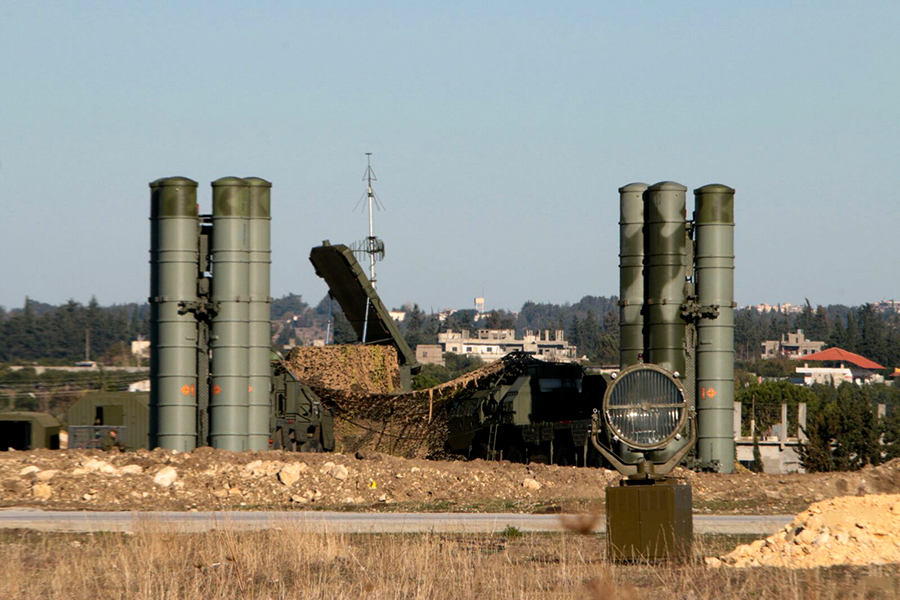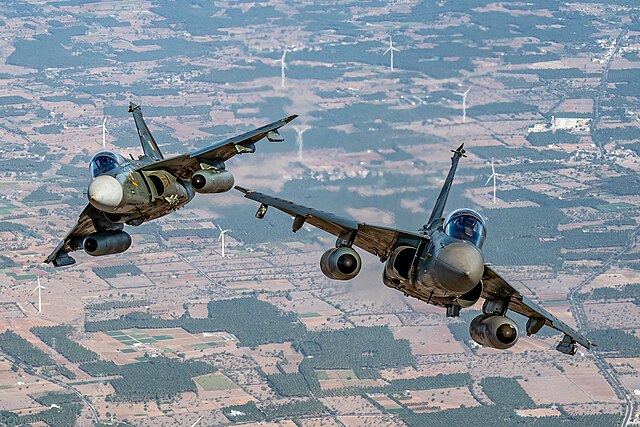Explore S-400’s success in Operation Sindoor 2025, India’s air defence triumph.
Introduction: Operation Sindoor Marks a New Era for India’s Air Defence
In May 2025, India showcased its growing air defence prowess with Operation Sindoor, a landmark exercise where the S-400 Triumf system successfully intercepted hostile drones and low-flying missiles along the western border. Dubbed “Sudarshan Chakra” by the Indian Air Force (IAF), this Russian-origin system has become a cornerstone of India’s layered defence strategy, especially after the MiG-21’s retirement in September 2025. Defence Minister Rajnath Singh hailed it as a “game-changer,” reinforcing India’s Aatmanirbhar Bharat vision. This article delves into the S-400’s triumph, its role in Operation Sindoor, and its future in IAF modernization.
The S-400 in Action: Operation Sindoor’s Success Story
Operation Sindoor, conducted in Punjab, simulated a multi-threat scenario involving Pakistani drones and cruise missiles, testing the S-400’s 40N6 missile with a 400 km range. The system, operational since December 2021, downed targets at 300 km, surpassing expectations. With its 360-degree phased-array radar detecting threats up to 600 km, the S-400 neutralized four drones in under 10 minutes, a feat lauded on X as “India’s shield in action!” This success follows the system’s integration with indigenous networks, enhancing real-time data sharing—a step toward self-reliance explored in our Directed Energy Weapons in Indian Defence analysis.
Three squadrons, deployed across Punjab and Rajasthan, cover critical zones against Pakistan and China. The exercise highlighted interoperability with Akash and MRSAM, creating a robust multi-layered shield.
S-400 Specifications: Powering India’s Aerial Edge
The S-400, with its advanced 91N6A radar and multiple missile variants (9M96, 48N6, 40N6), offers unmatched versatility. Its ability to engage aircraft, drones, and ballistic missiles sets it apart from older systems. Despite delays in the $5.4 billion deal—only three of five squadrons delivered by 2025—it remains a strategic asset. The fourth squadron is slated for late 2025, bolstering eastern defenses.
| Feature | S-400 Triumf | Akash (Comparison) |
|---|---|---|
| Range | 400 km (40N6) | 25-30 km |
| Radar Range | 600 km | 100 km |
| Targets | Aircraft, drones, ballistic missiles | Aircraft, helicopters |
| Batteries per Squadron | 8 | 4-6 |
| Indigenous Integration | Partial (ongoing) | 95%+ |
IAF Modernization: S-400’s Role and Challenges
The IAF’s shift from MiG-21 to advanced systems like the S-400 and Tejas Mk-1A reflects a broader modernization push. With 29 squadrons against a sanctioned 42, the S-400 bridges gaps until the AMCA stealth fighter arrives. Operation Sindoor’s success has prompted calls for a sixth squadron, though funding and Russia’s Ukraine war pose hurdles. In August 2025, India signed a maintenance deal to ensure uptime, a move detailed in our MiG-21 to Tejas Transition coverage.
Challenges include US CAATSA sanctions and reliance on Russian spares, but the IAF aims for 90% operational readiness by 2026 with the fifth squadron.
Conclusion: A Shield for the Future
Operation Sindoor underscores the S-400’s pivotal role in India’s air defence, complementing indigenous efforts like Tejas. With the fourth squadron due by year-end, the IAF is poised to counter regional threats effectively. Air Marshal AK Bharti advocates for next-gen systems—explore this in our upcoming series. What’s your view on India’s air defence?
What’s Next? Stay tuned for our NDA II 2025 guide.
Poll: Is S-400 enough against China’s J-20? 🛡️
– Yes
– No
– Partially
– Vote now and comment: What’s India’s next defence step?
Join the Conversation: Share your thoughts on Operation Sindoor below. Follow @DefenceNiti on X! #S400India #OperationSindoor #IndianAirDefence #IAFModernization #AatmanirbharBharat



Pingback: Rafale Fighter Jet: A Key Pillar of India’s Air Power - DefenceNiti.com